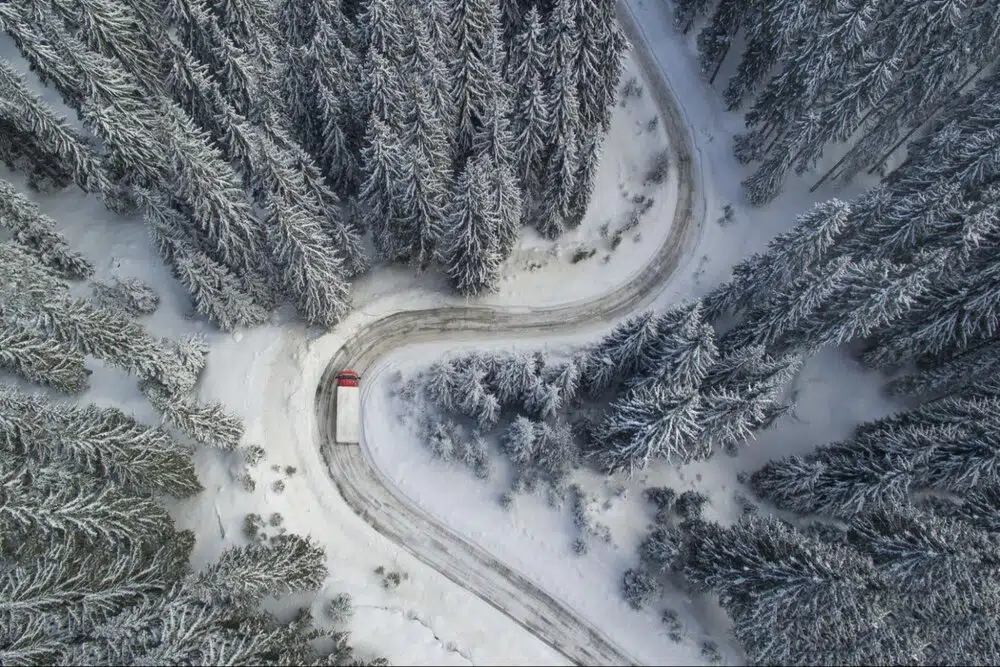Best Practices for Winter Truck Driving
Winter driving can be challenging, particularly for truck drivers. Snowy and icy conditions can make the roads treacherous and reduce visibility. However, with some preparation and following best practices, truck drivers can handle these conditions safely. In this blog post, we will share some tips and best practices for winter driving.

Prepare Your Truck
The first step to safe winter driving is preparing your truck for the conditions. Check tire pressure, engine oil, and antifreeze levels regularly, especially before hitting the road. Make sure your windshield wipers are in good condition and that your lights are clean and functioning properly. It is also a good idea to have a winter emergency kit on board, which should include warm clothing, blankets, a flashlight, and extra food and water.
Slow Down
Reducing speed is one of the best ways to handle icy and snowy conditions while driving a truck. As the traction is reduced, the distance it takes to stop increases. Be sure to adjust your speed to the road conditions and leave extra room between your truck and other vehicles. Accelerate slowly to avoid losing traction and avoid sudden stops.
Use Your Brakes Carefully
In snowy and icy conditions, it is essential to use your brakes carefully. Use engine braking and downshifting to slow down and avoid sudden stops. If you need to use your brakes, do so gradually and gently to avoid skidding. If you do start to slide, release the brake and steer into the direction of the slide.
Keep a Safe Distance
Maintaining a safe distance between your truck and other vehicles is critical in snowy and icy conditions. Leave at least six seconds of following distance between your truck and the vehicle in front of you. Increase this distance when visibility is reduced.
Avoid Overconfidence
Even if you have years of experience driving in winter conditions, it is important to remember that no one is immune to accidents. Be cautious and take your time. Avoid overconfidence, especially on roads that appear to be clear.
Check Weather and Road Conditions
Before hitting the road, it is important to check the weather and road conditions. Listen to weather reports and check state highway department websites for updates on road conditions. If you need to travel, plan your route accordingly and consider alternative routes in case of road closures.
Be Prepared for Emergencies
In winter conditions, emergencies can happen at any time. It is important to be prepared for these situations. Make sure you have a winter emergency kit on board, which should include warm clothing, blankets, a flashlight, and extra food and water. It is also a good idea to have a cell phone charger and a CB radio on board.
Conclusion
In conclusion, winter driving can be challenging, particularly for truck drivers. However, with some preparation and following best practices, truck drivers can handle these conditions safely. Remember to prepare your truck, slow down, use your brakes carefully, keep a safe distance, avoid overconfidence, check weather and road conditions, and be prepared for emergencies. By following these tips, truck drivers can stay safe and avoid accidents in winter conditions.